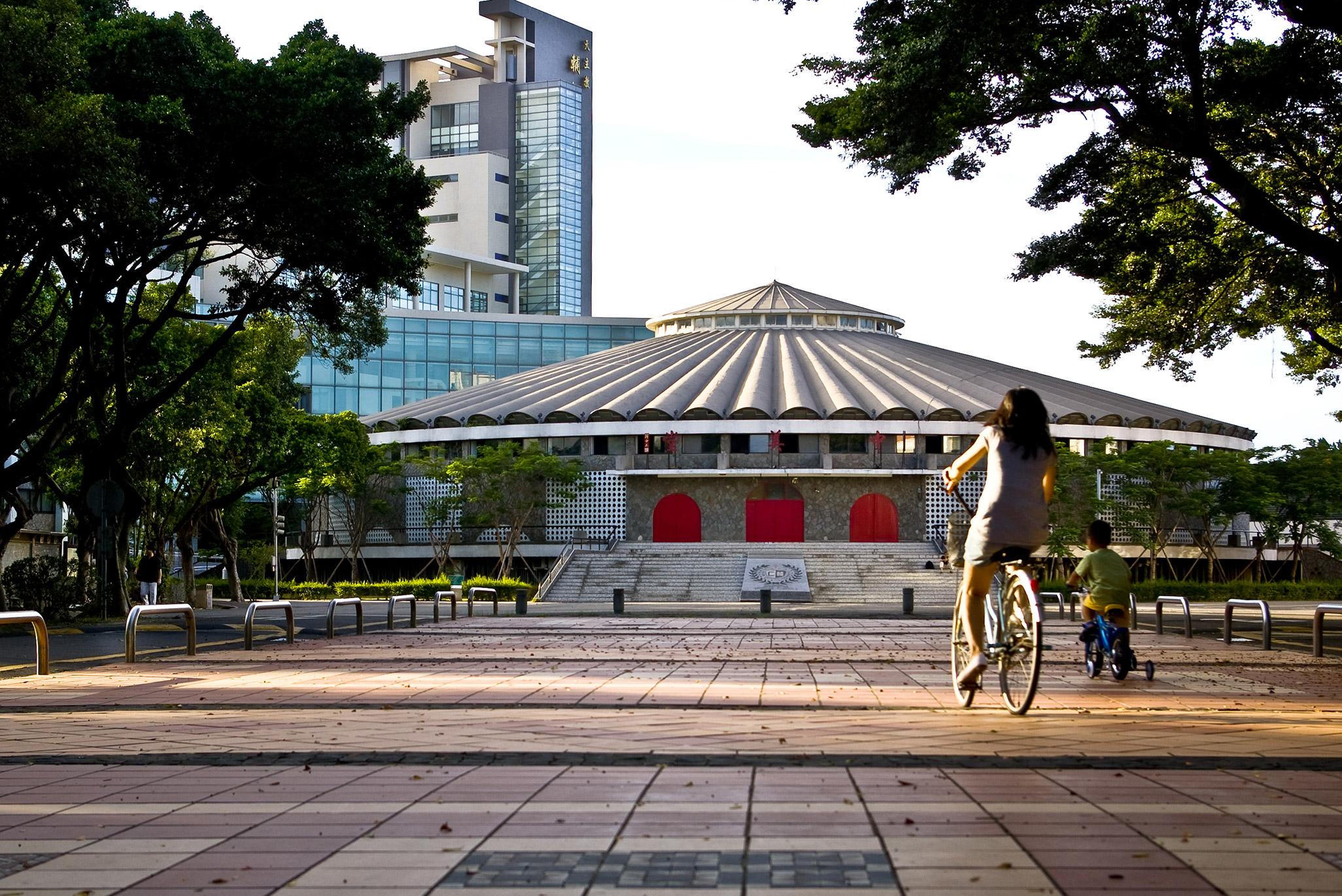
The University’s waste generation can be divided into three categories: general waste, recyclables, and hazardous industrial waste.
- General Waste: Certified waste management companies are contracted to collect and transport general waste to incinerators that meet standards stipulated by law.
- Recyclables: Recyclable waste is collected and sent to off-campus recycling sites by maintenance workers, or Tzu Chi’s recycling service. Recycling bins and food waste bins are placed at appropriate locations in school buildings, and there is an on-campus recycling site to recycle the food waste and recyclables generated by faculty and students.
- Hazardous industrial waste:
3.1 On January 4th, 2008, the Laboratory Waste Disposal Guidelines and Flowchart were formulated to improve hazardous industrial waste management at FJCU, detailing the treatment, cleaning, separation, sealing, labelling, and inventory of hazardous industrial waste, and the use of inventory forms. The goal is to ensure that hazardous industrial waste is properly managed, and waste separation standards and treatment regulations are met.- 3.2 Since April 2010, FJCU has been recording data for statistical summary and submitting reports on the generation and storage of hazardous industrial waste to the Environmental Protection Administration via the Declaration and Management System for Industrial Waste at the beginning and the end of each month.
LINK1 : The waste management and disposal processes over the years have been posted on the public platform of the Environmental Protection, Safety and Health Center of FJCU: